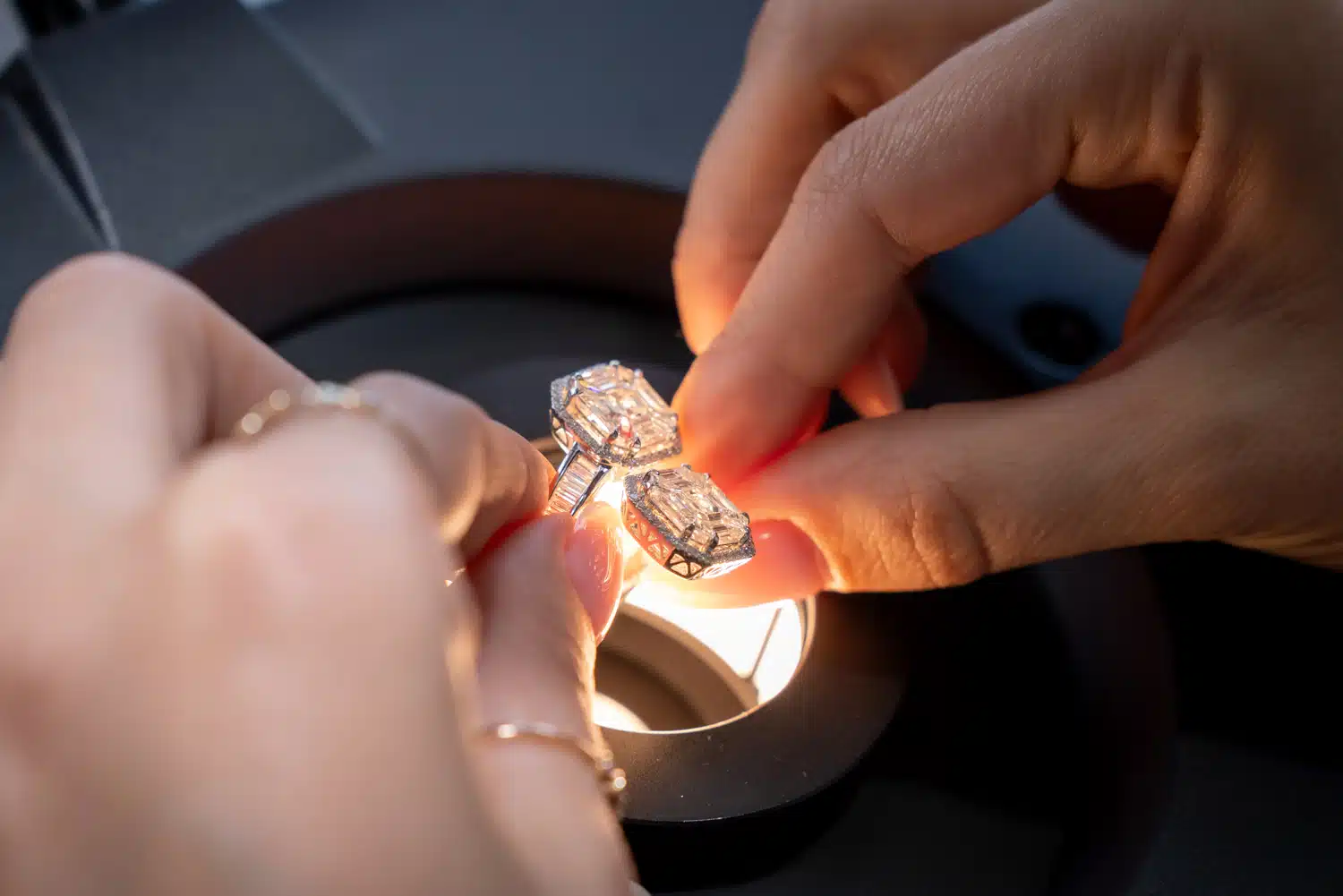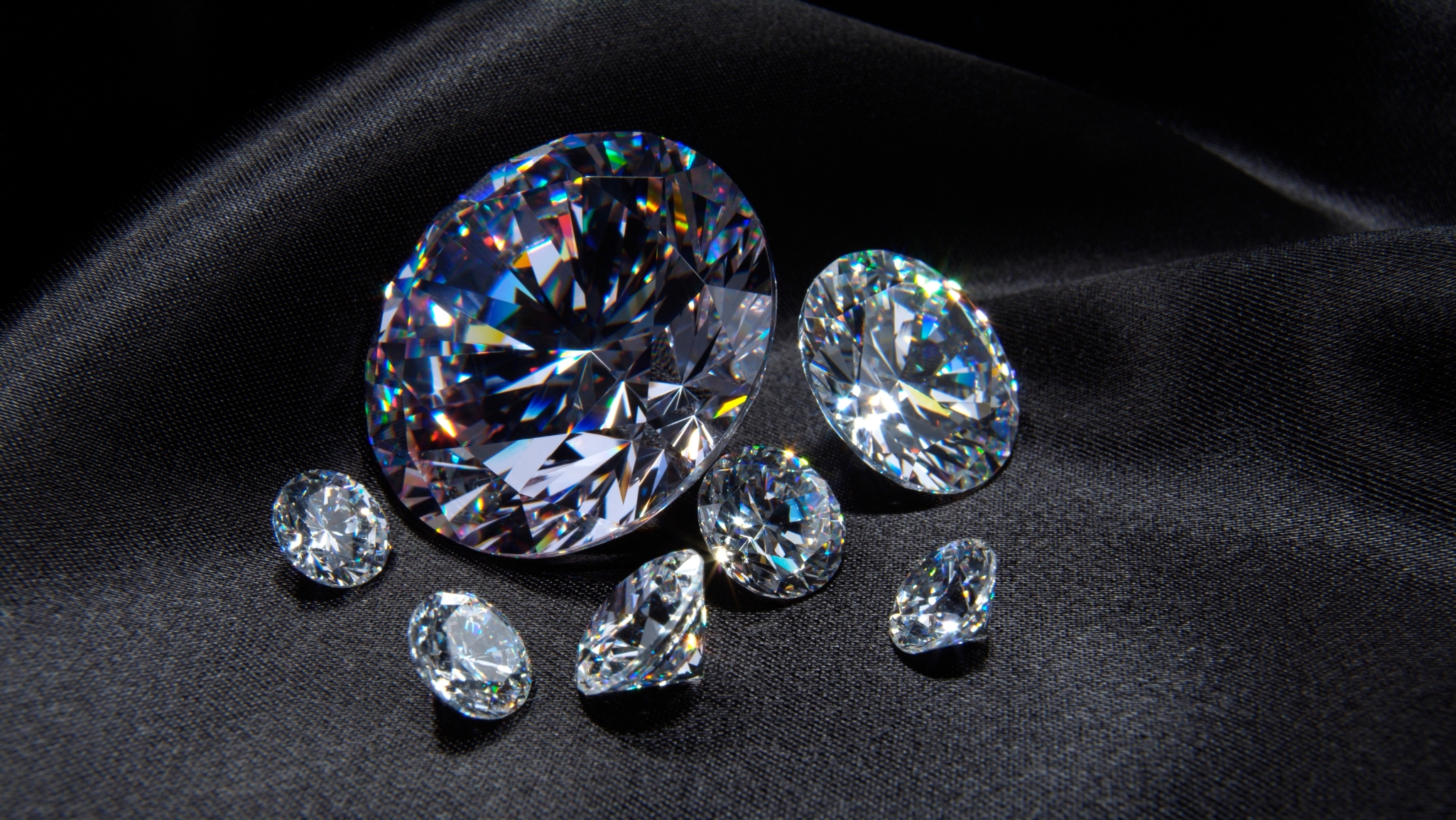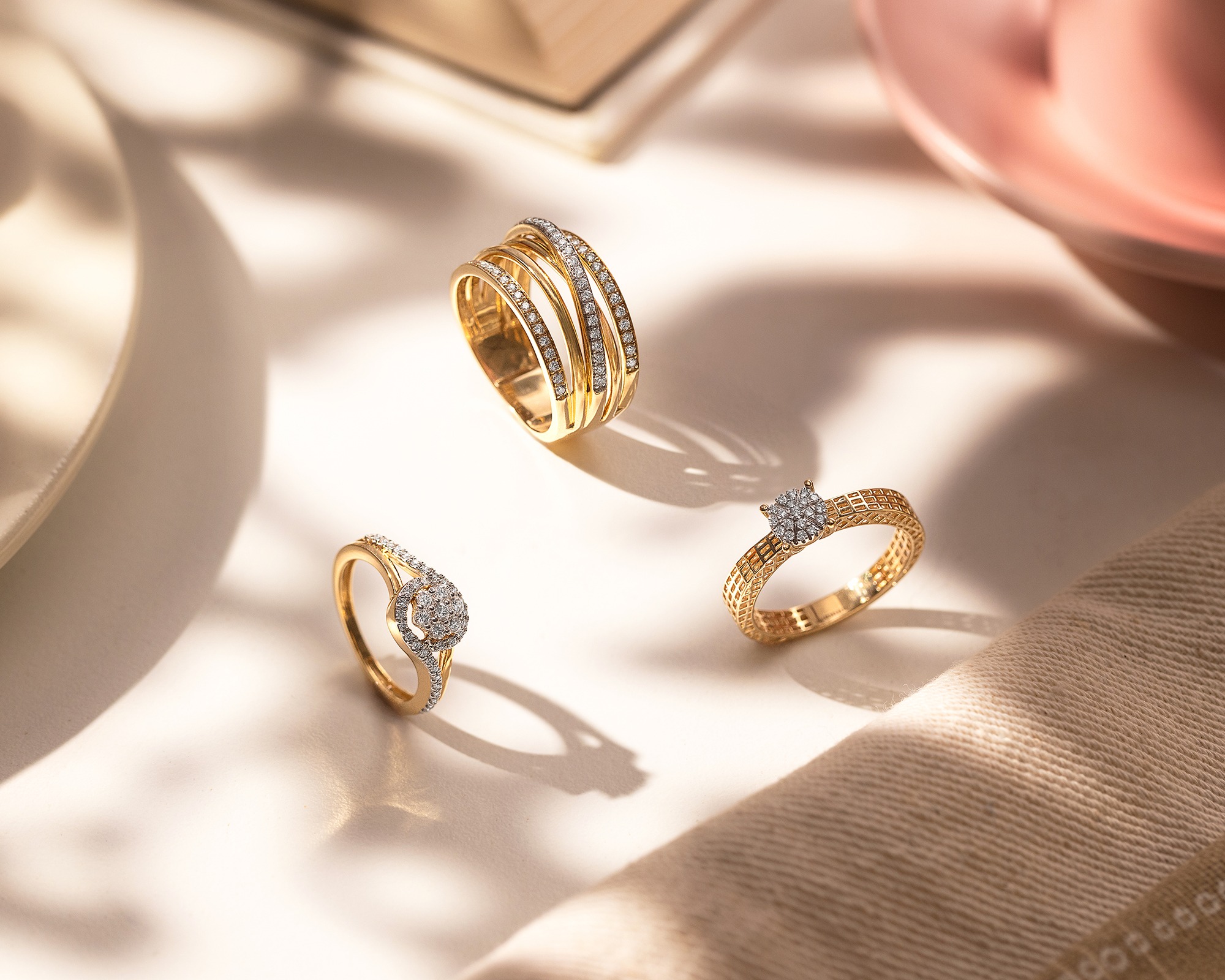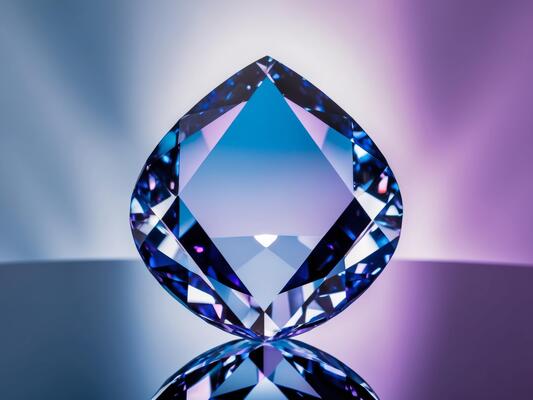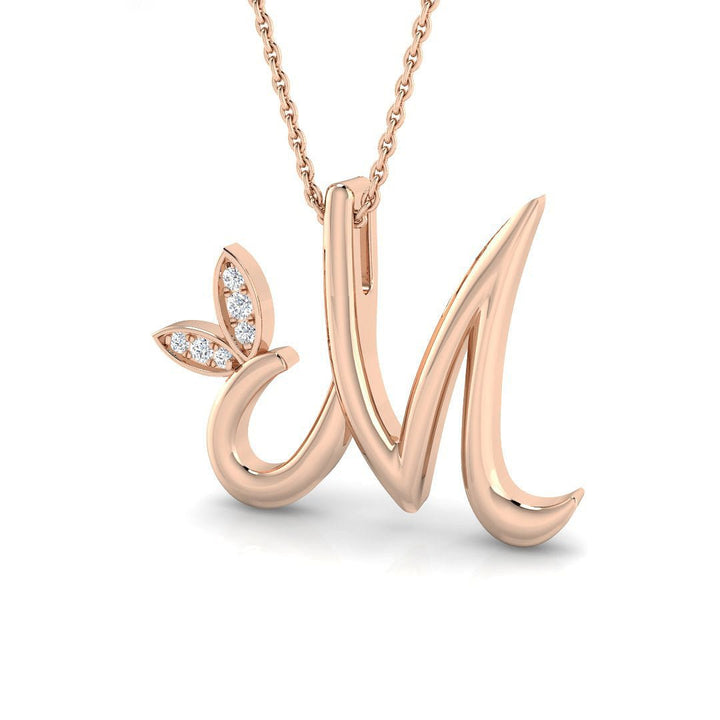Ring Size Charts: Find Your Perfect Fit!
When it comes to buying rings, especially those sparkly engagement or wedding bands, knowing your ring size is a big deal. Imagine gifting a ring that’s either too tight or too loose—talk about a party foul! So, let’s dive into the ins and outs of ring sizes, how to measure them, and why it all matters.
Why Knowing Your Ring Size Matters
The Importance of Proper Fit
First things first, a proper fit is crucial. A ring that’s too small can feel uncomfortable, while one that’s too big might slip off at the worst possible moment. Nobody wants to lose a cherished piece of jewelry, right? A well-fitted ring feels like a second skin, and it should sit comfortably on your finger without any fuss.
How to Avoid Common Ring Sizing Mistakes
One of the most common mistakes people make is guessing their size. Relying on memory or past purchases without measuring can lead to issues. Also, don’t assume your size will remain constant—fingers can swell or shrink due to various factors like temperature, diet, and even hydration levels!
Understanding Ring Size Measurements
Before you whip out the tape measure, let’s talk about how ring sizes are measured.
Different Measurement Systems
Did you know that ring sizes aren’t universal? Depending on where you are in the world, you might encounter different sizing systems.
US vs. International Sizes
In the US, ring sizes typically range from 3 to 13, with half sizes in between. But in other countries, like the UK, sizes are denoted by letters (A, B, C, etc.), and in Europe, they use a numerical system based on millimeters. It can be a bit like learning a new language!
Measuring in Inches vs. Millimeters
Most ring size chart will show both inches and millimeters, so it’s helpful to know how these measurements convert. A millimeter is about 0.039 inches, and when it comes to precision in ring sizes, every millimeter counts!
How to Measure Your Ring Size at Home
Ready to find your perfect size? You can do this right from the comfort of your home with a few easy methods.
Method 1: Using a Printable Ring Size Chart
One of the simplest ways to measure your ring size is by using a printable chart.
Step-by-Step Instructions
- Download a Chart: Look for a reliable source that offers a ring size chart.
- Print It Out: Make sure the chart is printed at 100% scale—if it’s shrunk or enlarged, it’ll throw off your measurements.
- Choose Your Size: Place your existing ring on the circles until you find the one that matches its inner diameter.
Method 2: Using a String or Paper Strip
If you don’t have a ring handy, this method works wonders.
How to Measure Correctly
- Cut a Strip: Grab a piece of string or a thin strip of paper.
- Wrap It Around Your Finger: Make sure it’s snug but not too tight, then mark where it overlaps.
- Measure the Length: Use a ruler to measure the length in millimeters, and refer to a ring size chart to find your size.
Method 3: Visiting a Jeweler
If you’re still unsure, visiting a professional jeweler can be a good move. They have tools designed for precise measurements, ensuring you get the right fit.
What If You’re Between Sizes?
Sometimes, finding your exact size isn’t straightforward, and you might find yourself between two sizes.
Understanding Half Sizes
If you’re between sizes, consider going for a half size. This can often make a big difference in comfort and fit, especially if your fingers swell throughout the day.
Adjusting for Different Finger Types
Keep in mind that fingers aren’t all the same. Some folks have knuckles that are larger than the base of their fingers. In these cases, it may be worth getting measured at the knuckle and the base, and deciding which measurement feels best.
Special Considerations for Different Rings
Different types of rings can also influence sizing, so let’s break this down.
Lab grown diamonds are a fascinating innovation in the world of gemstones, offering the same stunning beauty and chemical properties as natural diamonds but created through advanced technological processes. Made from carbon atoms arranged in the same crystal structure as their natural counterparts, these diamonds are virtually indistinguishable in appearance and quality.
Engagement Rings vs. Wedding Bands
Engagement rings are often more elaborate and can be thicker, which may require a different size than a simpler wedding band. Remember to consider the style when choosing your size.
How Seasonal Changes Affect Ring Size
Did you know that temperature can affect your ring size? In the heat, your fingers might swell, while in the cold, they can shrink. If you’re measuring in a warm room, keep that in mind!
Using a Ring Size Chart: A Visual Guide
Once you’ve measured your size, a ring size chart can help confirm your findings.
Interpreting the Chart
Most ring size charts will show you the inner diameter in millimeters and the corresponding US sizes. Be sure to read it carefully to avoid any confusion.
Common Mistakes to Avoid
A common pitfall is reading the wrong size or misjudging where your measurement falls on the chart. Double-check your measurements to ensure accuracy.
Frequently Asked Questions
Got more questions? Here are some common ones people have about ring sizing.
Can I Resize My Ring Later?
Absolutely! Most rings can be resized, but some styles (like those with intricate designs or certain types of settings) might have limitations. Always consult with a jeweler about resizing options.
How Do I Care for My Rings After Sizing?
After getting a ring sized, make sure to care for it properly. Avoid exposing it to harsh chemicals, and clean it regularly to maintain its shine and integrity.
Conclusion
Understanding ring sizes and having a reliable ring size chart can make a world of difference when purchasing jewelry. Whether you’re shopping for yourself or someone special, taking the time to measure correctly will save you headaches and heartaches in the long run. With this guide, you’ll be well on your way to finding that perfect fit. Happy ring hunting!



